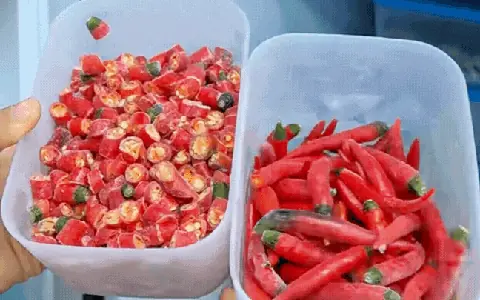
Don't throw away your pan if it loses its non-stick coating
Don’t toss out that pan the moment its factory non-stick finish starts to fail. With a few simple tools and a little heat, you can rebuild a slick, food-releasing surface in minutes—so you can keep frying pancakes, eggs, stir-fries and more without buying new cookware. Below is a straightforward method for creating your own “seasoned” non-stick surface, whether you’re working with cast iron, carbon steel or a bare-metal aluminum pan.
1. Why “Re-Season” a Pan?
-
Restore food release: A well-built seasoning layer bonds polymerized oil to the metal, filling microscopic pores and preventing sticking.
-
Prolong pan life: Instead of discarding a worn-out Teflon or ceramic pan, you give new life to metal cookware you already own.
-
Save money & resources: One good pan can last decades if you maintain its seasoning.
2. Which Pans Can You Restore?
-
Cast iron & carbon steel: Excellent candidates—these metals naturally bond with oil under heat.
-
Bare aluminum: Thicker, heavy-gauge aluminum pans can take a seasoning coat, though it may wear faster than iron.
-
Old non-stick pans: If a Teflon or ceramic coating is flaking, you cannot recoat the factory layer—but you can strip off the remnants and season the exposed metal beneath to get some non-stick performance back.
3. Materials You’ll Need
-
Coarse salt or baking soda (for initial scrubbing)
-
Mild dish soap (to remove residual grease)
-
High-smoke-point oil (flaxseed, grapeseed, canola or peanut oil)
-
Clean, lint-free cloths or paper towels
-
Aluminum foil (to catch drips in the oven)
-
Oven or stovetop
4. Step-by-Step Restoration Guide
4.1. Strip Old Finish
-
Scrub with salt or baking soda
-
Sprinkle a generous layer of coarse salt or baking soda onto the cold pan.
-
Add a splash of water to form a paste and scour vigorously with a scouring pad. This removes loose coating, rust and burnt-on food.
-
-
Wash thoroughly
-
Rinse under hot water with a few drops of dish soap to remove all residue.
-
Dry immediately and completely—moisture will cause new rust spots.
-
4.2. Apply the First Seasoning Coat
-
Preheat your oven to 400 °F (200 °C).
-
Coat the pan
-
Pour about 1 Tbsp of your chosen oil into the pan.
-
Use a cloth or paper towel to rub it evenly over every surface—inside and out—until there’s just a whisper of oil. No puddles.
-
-
Bake upside-down
-
Line the lower rack of your oven with foil. Set the oiled pan upside-down on the rack so excess oil drips off.
-
Bake for 1 hour. This heat causes the oil’s fatty acids to polymerize, forming a hard, slick layer.
-
-
Cool in the oven
-
Turn off the heat and let the pan cool inside the oven to room temperature.
-
4.3. Build Up Multiple Layers
-
Repeat the oil-rub-bake cycle 2–3 more times. Each additional coat deepens the seasoning, improving durability and non-stick performance.
5. Maintenance Tips for Lasting Non-Stick Performance
-
Clean gently: Skip the dishwasher. After use, wipe out food bits with a paper towel, rinse with warm water, and—if needed—scrub lightly with salt.
-
Dry and oil: Always dry completely; then rub a thin film of oil onto the interior while it’s still warm.
-
Avoid acidic foods: Tomato, lemon and vinegar can attack the seasoning. If you do cook acidic dishes, plan to re-season once afterward.
-
Re-season proactively: If food begins to stick or the surface looks dull, do a quick single-coat re-season in the oven.
6. Troubleshooting Common Issues
-
Sticky or gummy surface: You applied too much oil. Strip it off by scrubbing with salt and start again, using less oil.
-
Flaking seasoning: Season at a higher temperature (up to 450 °F/230 °C) for the final coat to harden the layer.
-
Rust spots: Dry thoroughly after washing. If rust appears, scrub it off and re-season that area immediately.
7. When to Replace Rather Than Restore
-
Heavy warping or cracks: Structural damage can’t be fixed by seasoning.
-
Thick, peeling Teflon: If large flakes of non-stick coating remain, chemical exposure may pose a health risk. Better to recycle the pan and invest in new cookware.
In Summary
Restoring your pan’s non-stick properties doesn’t require expensive kits or replacing the entire cookware. By stripping off old residues and building up a polymerized oil seasoning through repeated heat treatments, you create a durable, slick surface perfect for frying eggs, sautéing vegetables or searing meat. With minimal supplies—salt, oil and an oven—you’ll have a pan that performs like new and lasts for years to come. So before you discard that scratched-up skillet, give it one more chance: season, bake, and enjoy effortless cooking all over again.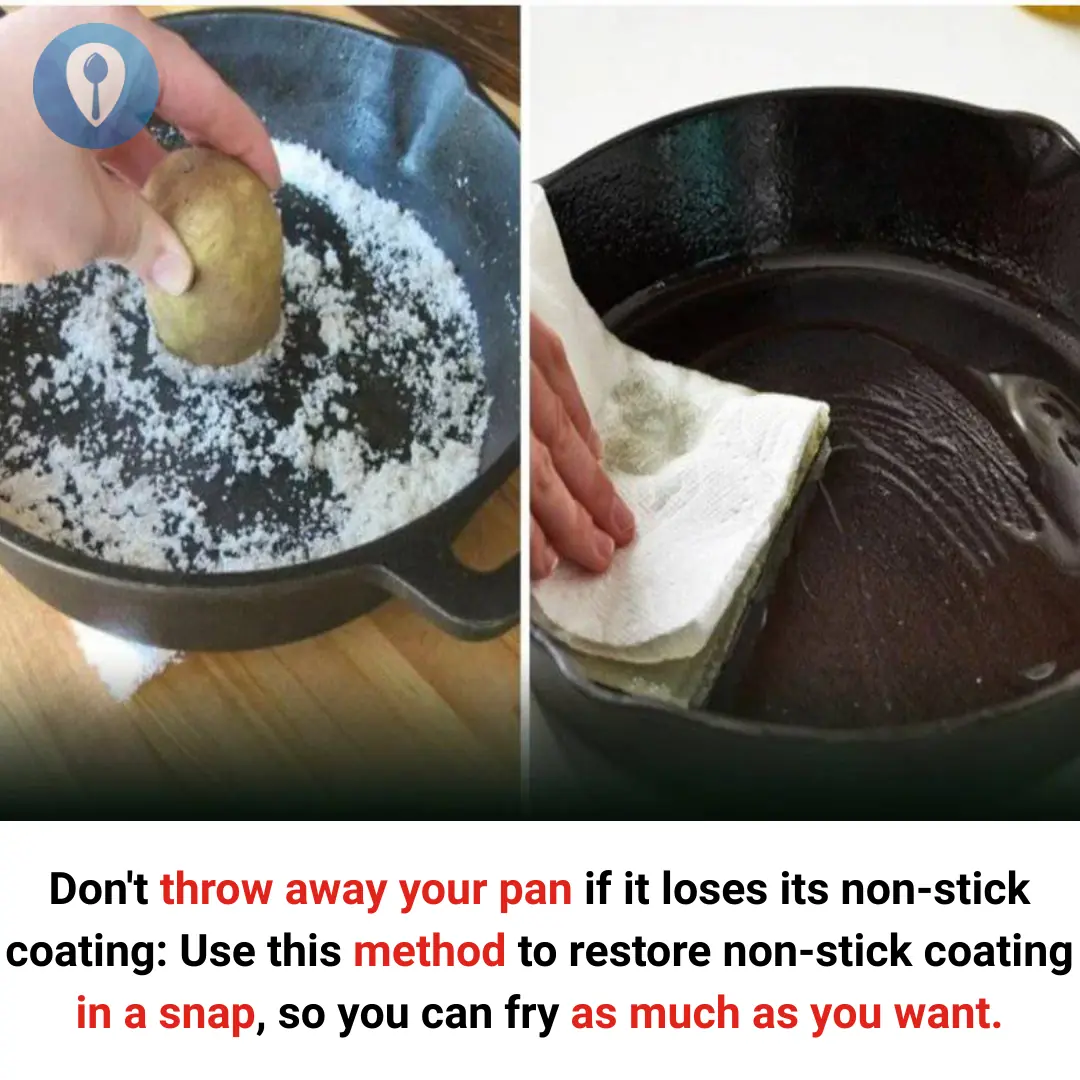
News in the same category

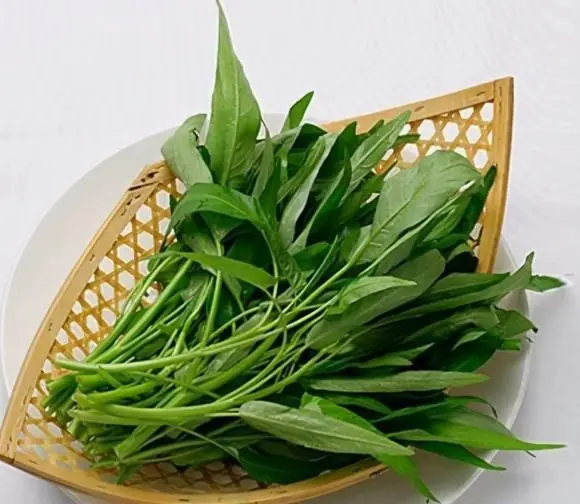
"5 no's" when eating water spinach, know to avoid or you will bring disaster
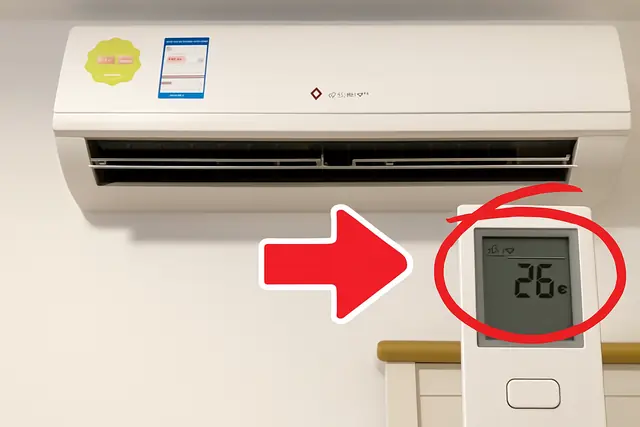
Why shouldn't I set the air conditioner to 26 degrees? Luckily, thanks to the reminder from the air conditioner technician, it turns out I've been making this mistake for decades
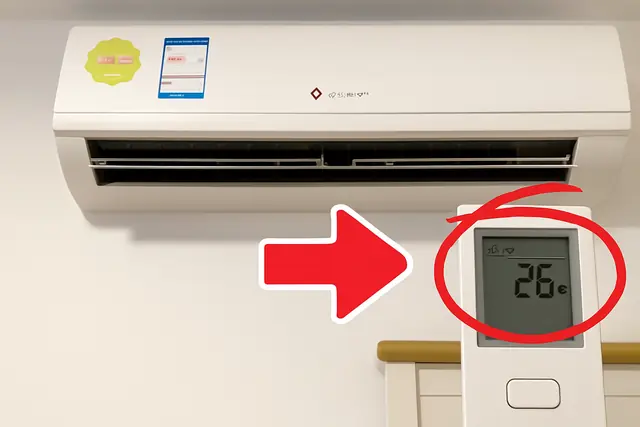
Why You Shouldn’t Set Your Air Conditioner to 26°C — A Mistake I Made for Decades Until an AC Technician Pointed It Out
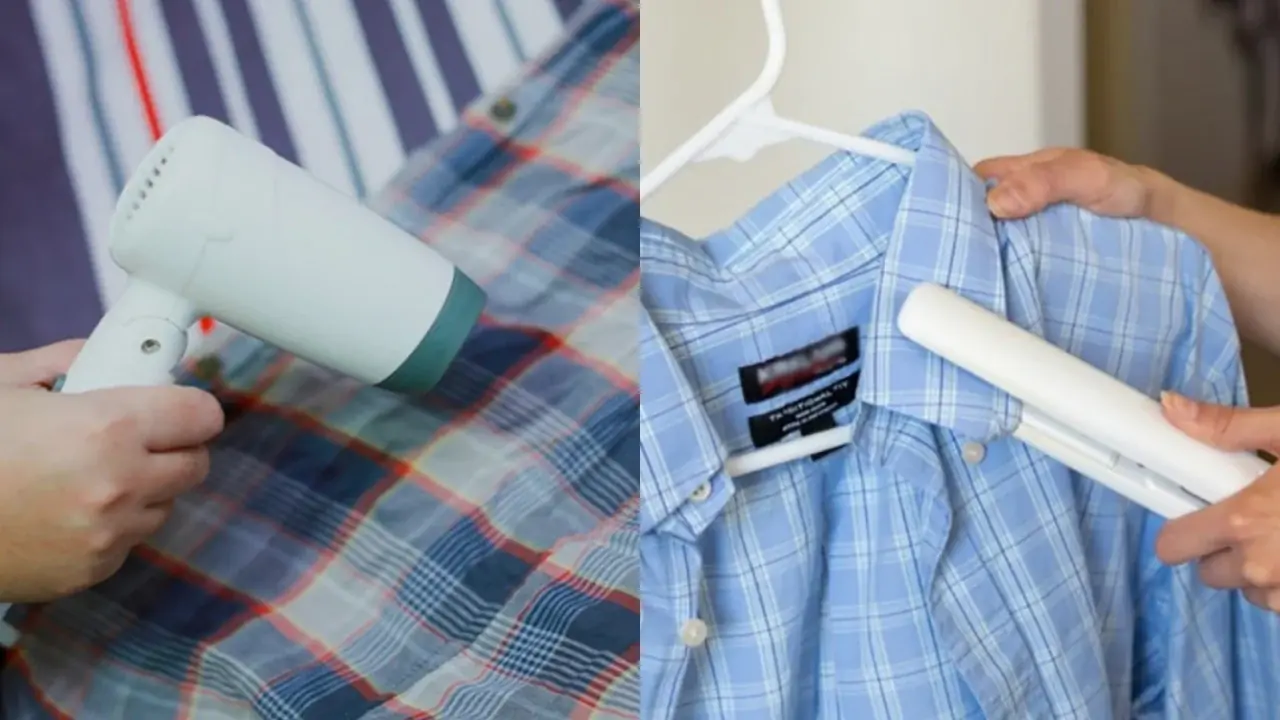
Tips to smooth clothes without an iron
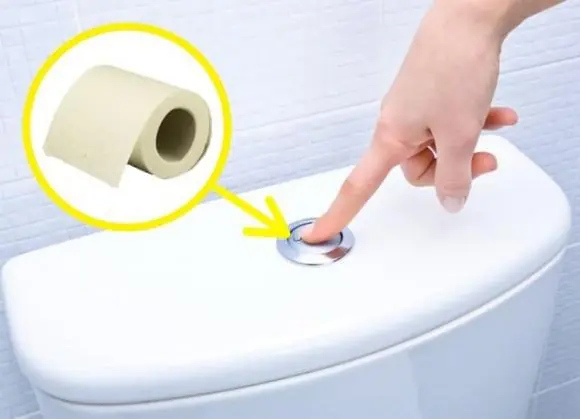
Tips to save money with toilet paper rolls
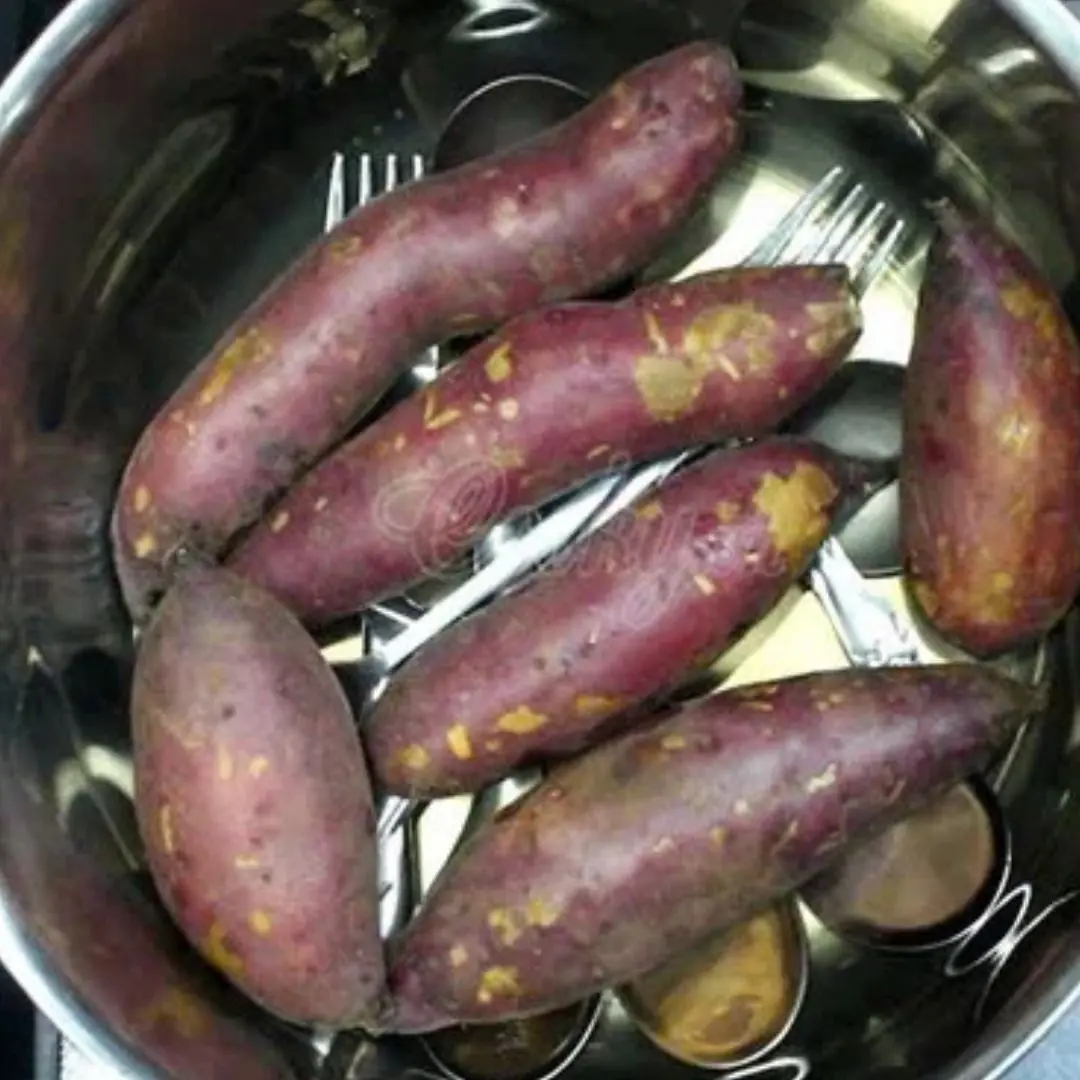
Boil potatoes without water: This way the potatoes will be soft, fragrant, and not bland.
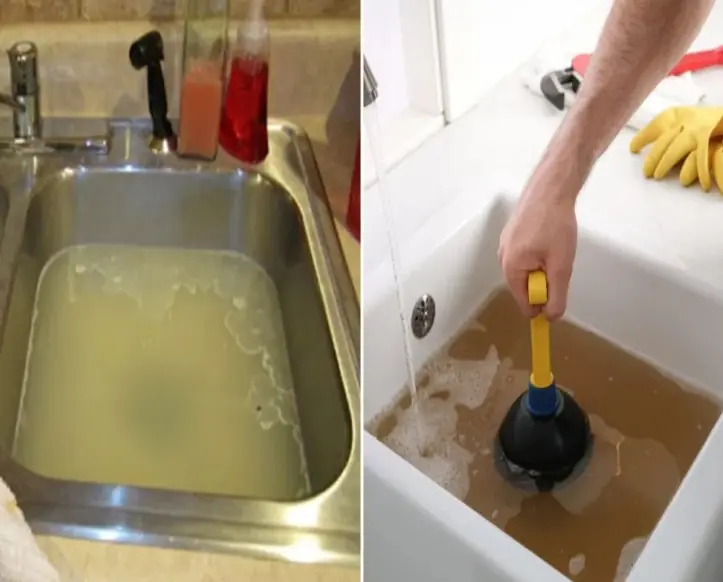
How to clean sink drain easily
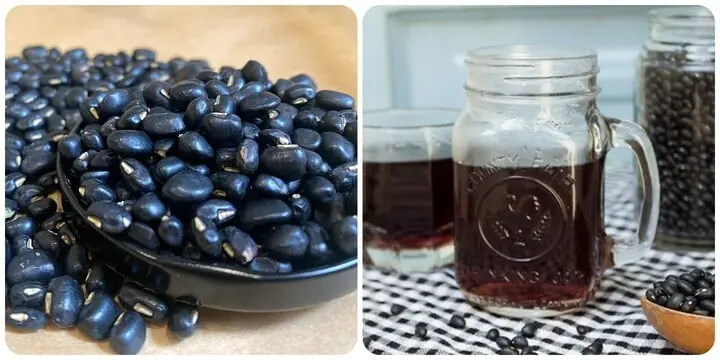
5 amazing health benefits of black bean water

Tips for growing chili peppers in pots with lots of fruit

Should you choose brown or white eggs?
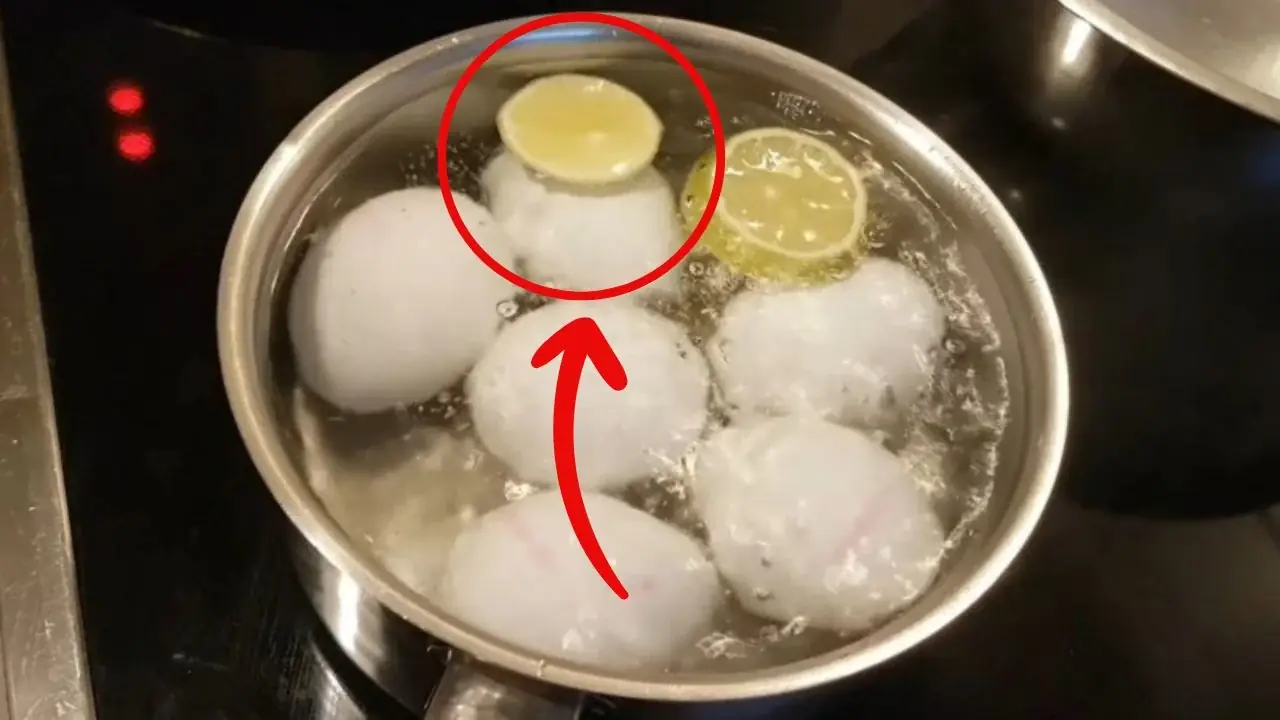
Tips for boiling eggs with lemon

Can Covid-19 be transmitted through masks and clothes? The expert's answer is surprising
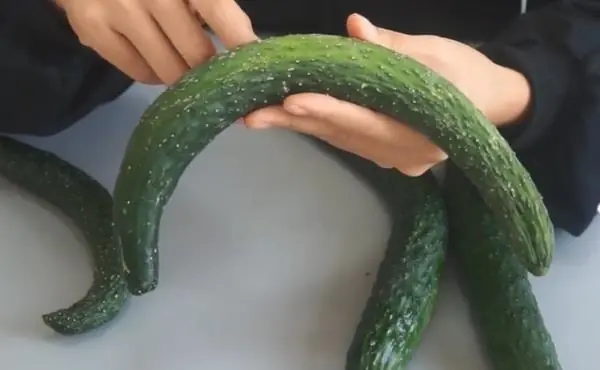
Are straight or curved cucumbers better? My mother's 40 years of experience growing vegetables is summarized in 3 things
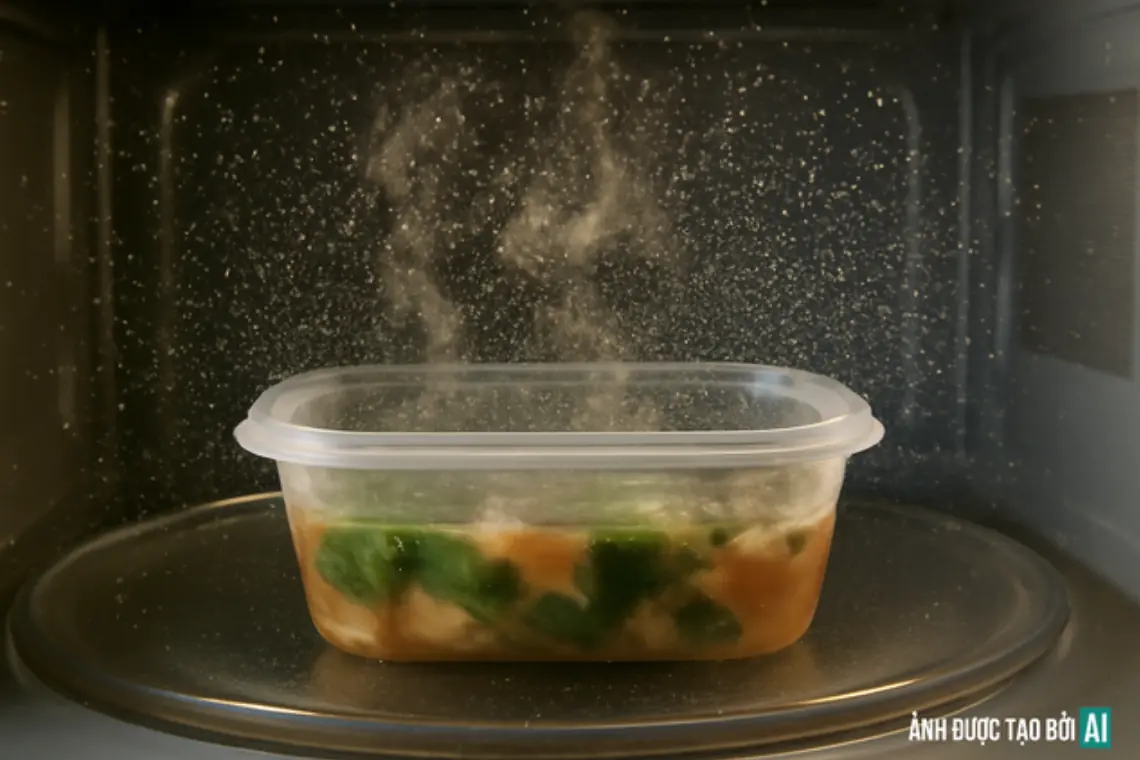
Warning about habits that contaminate food with more than 490,000 microplastic particles
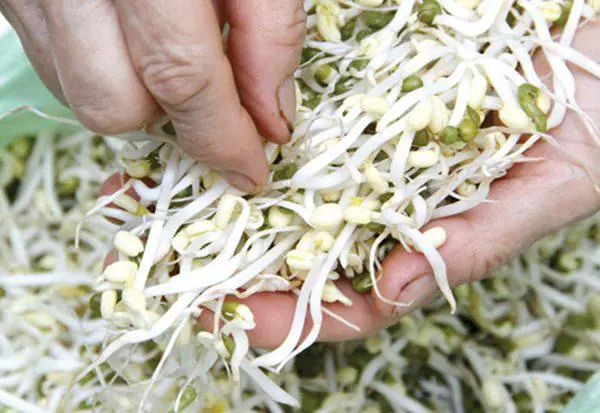
How to remove to.xins in bean sprouts
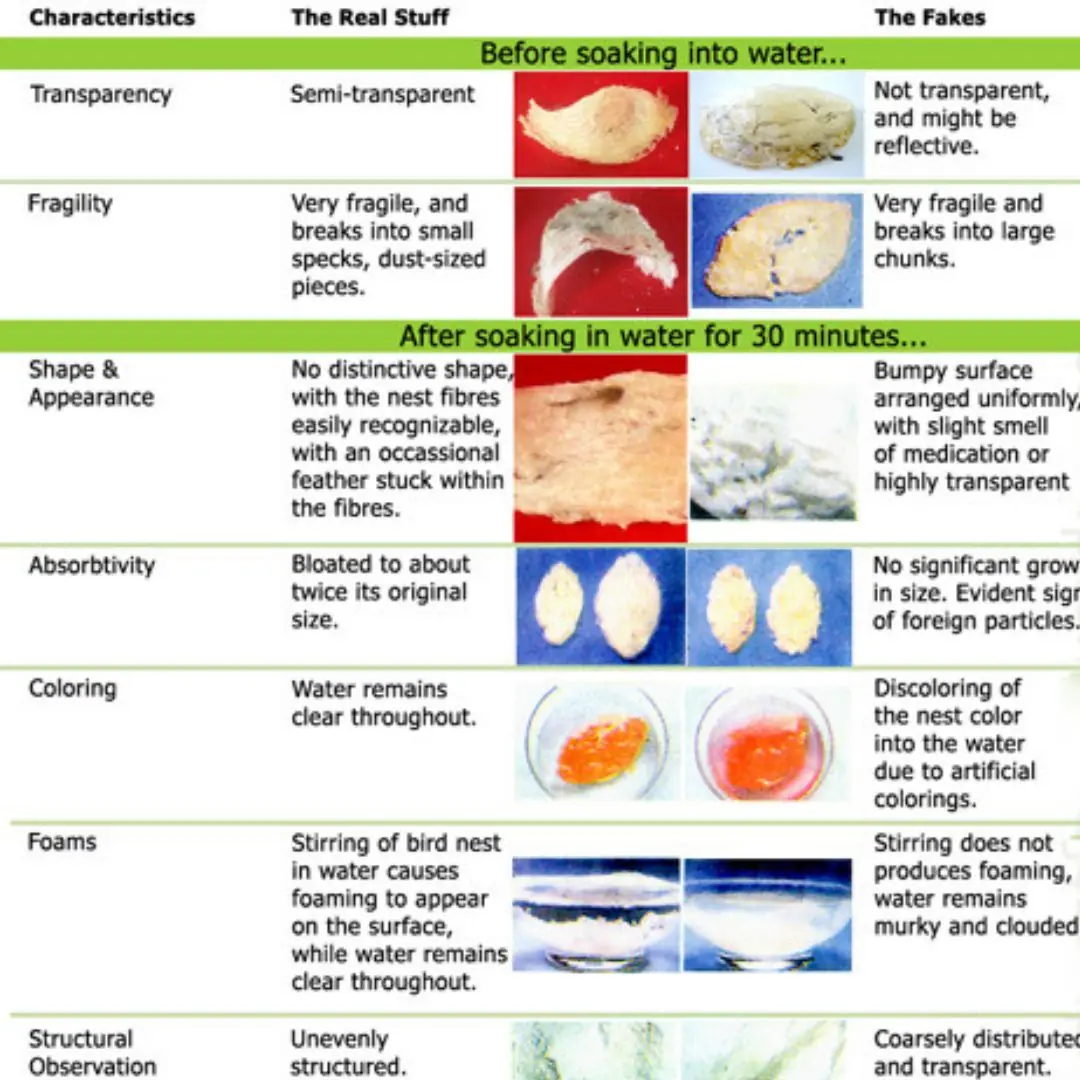
7 Ways to Differentiate Between Pure Bird Nest and Fake Bird Nest
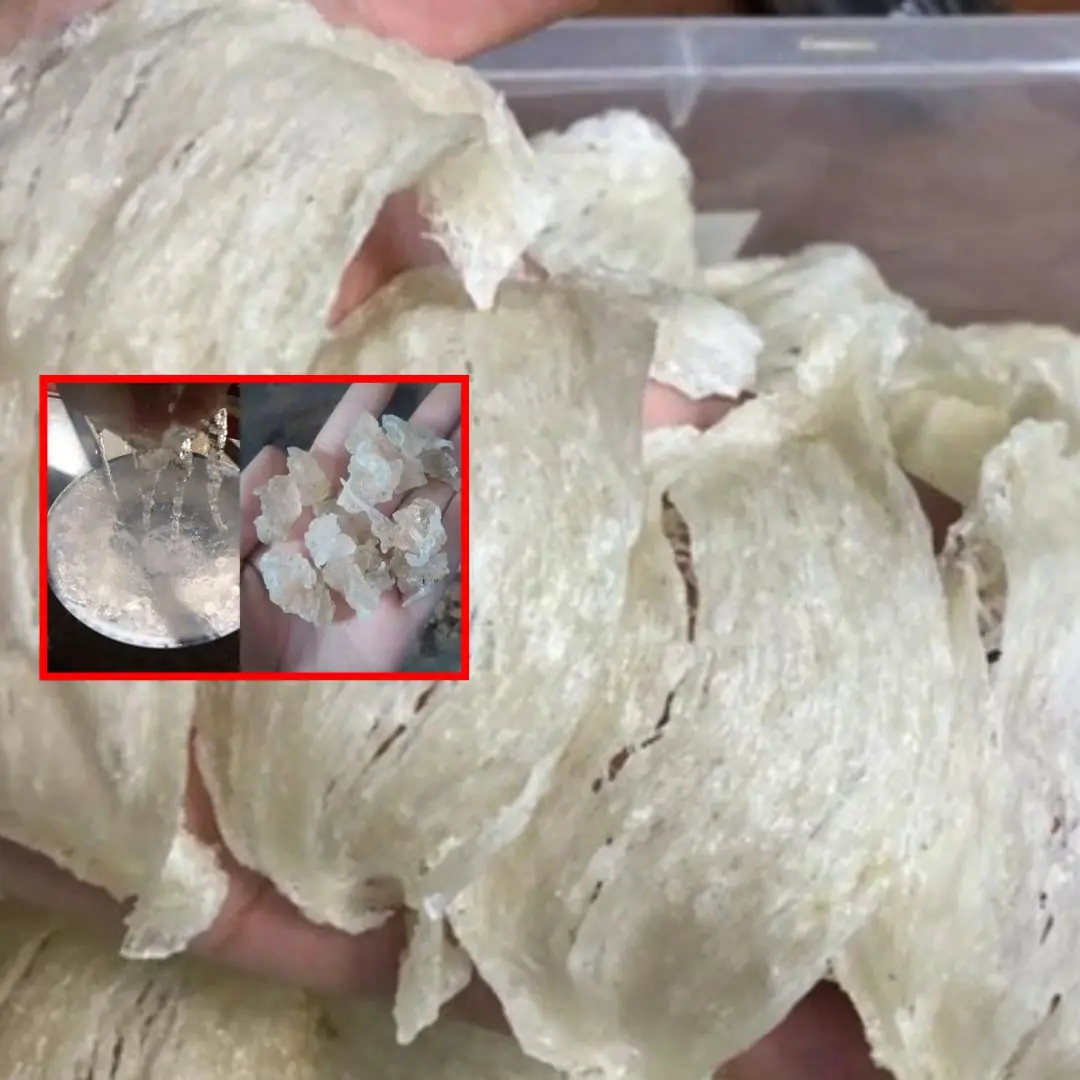
Doctor shows how to identify real and fake bird's nest
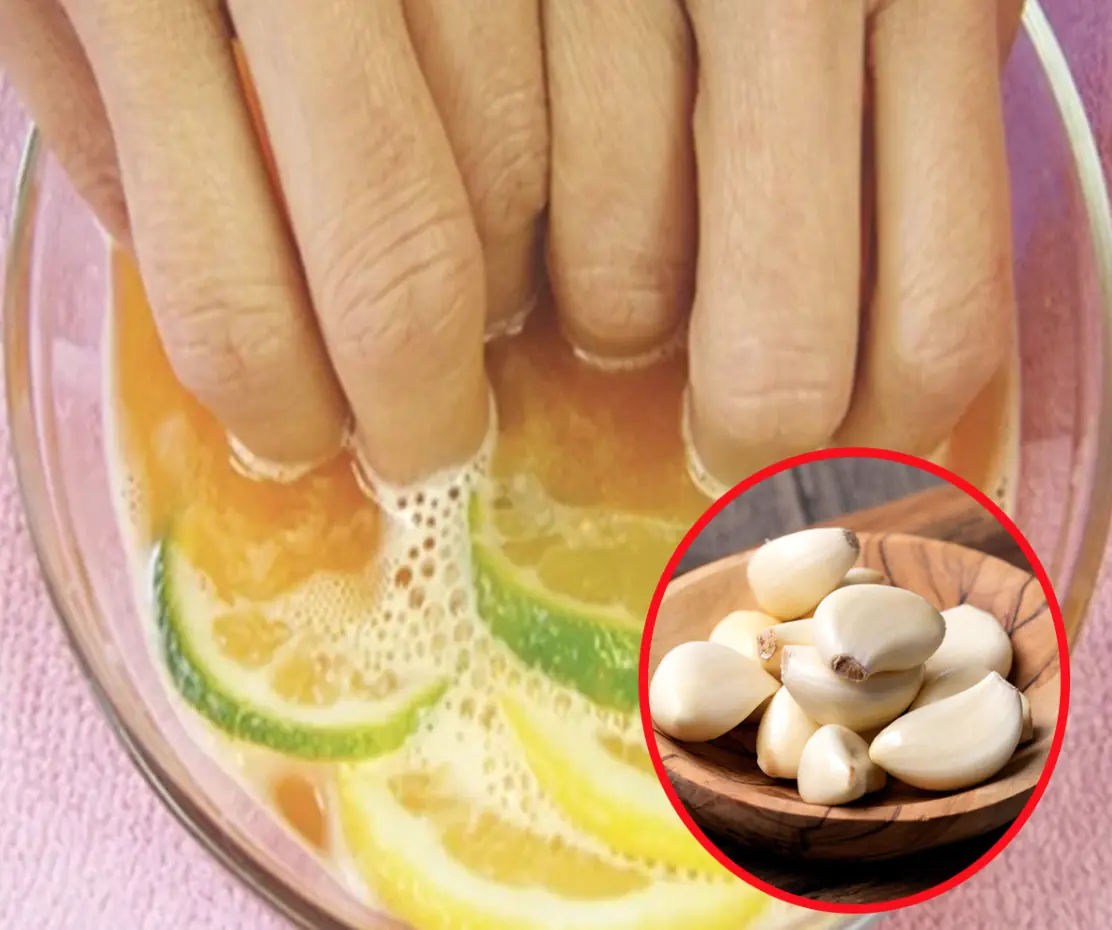
Tips to remove garlic smell from hands when cooking
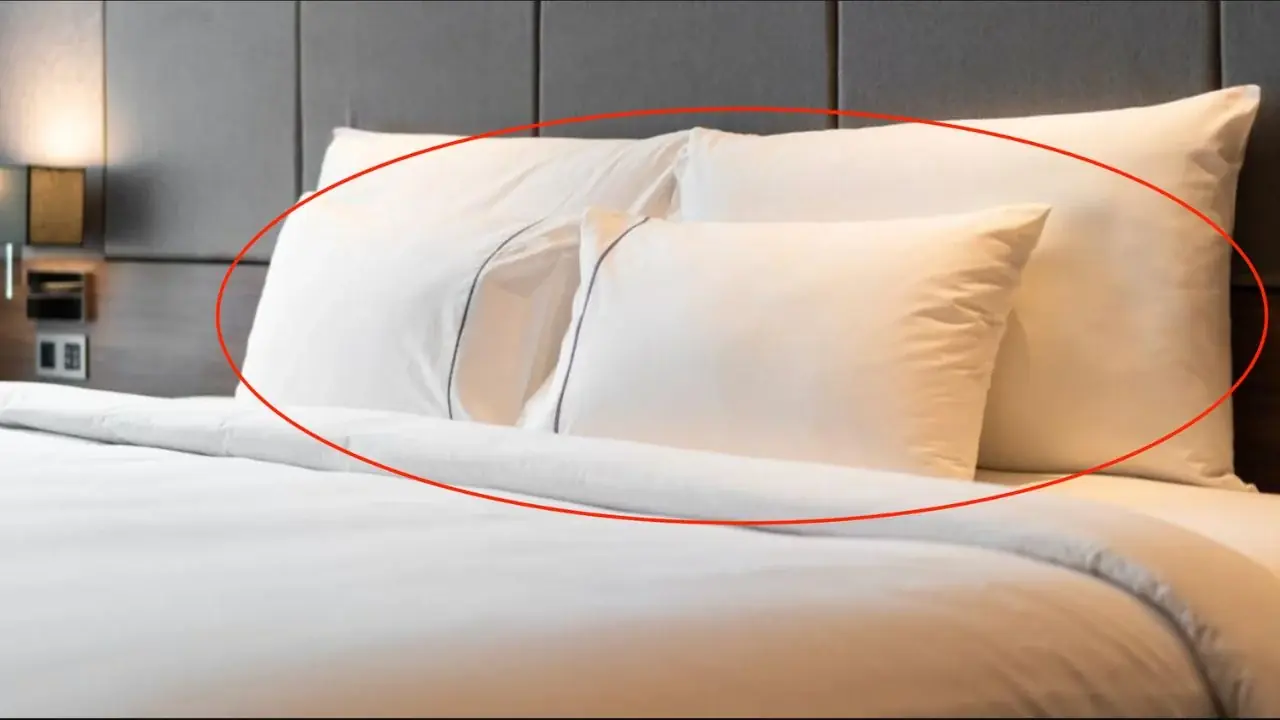
Many doctors recommend using two pillows when sleeping for better sleep health!
News Post

Secret to Keeping Chilies Fresh for 6 Months: Every Home Cook Should Know This!
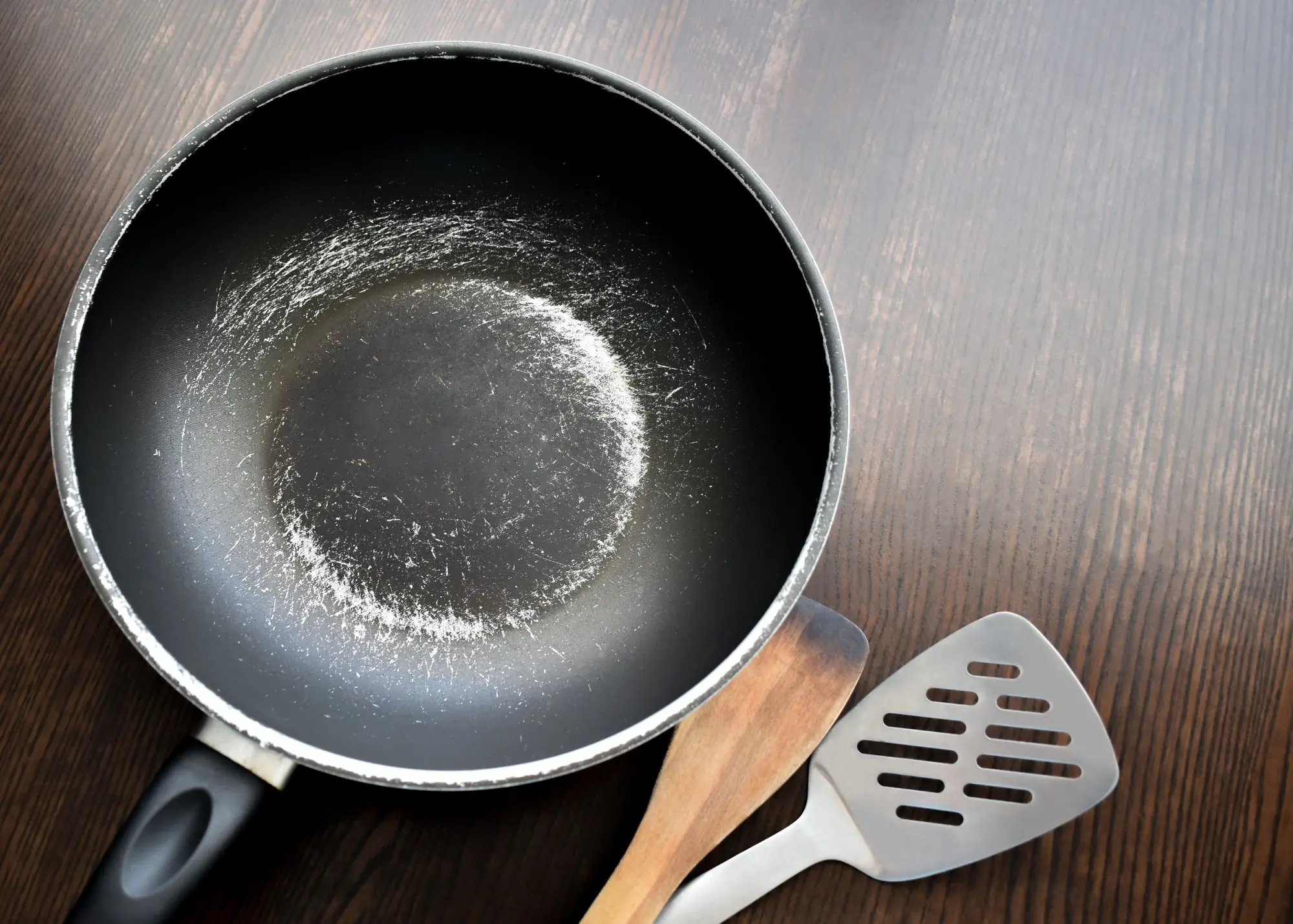
3 Common Household Items Loaded with Toxins: Many Families Use Them Daily Without Realizing the Danger

What to Do If You Catch the New COVID-19 Variant: Expert Tips for Easing 4 Common Symptoms
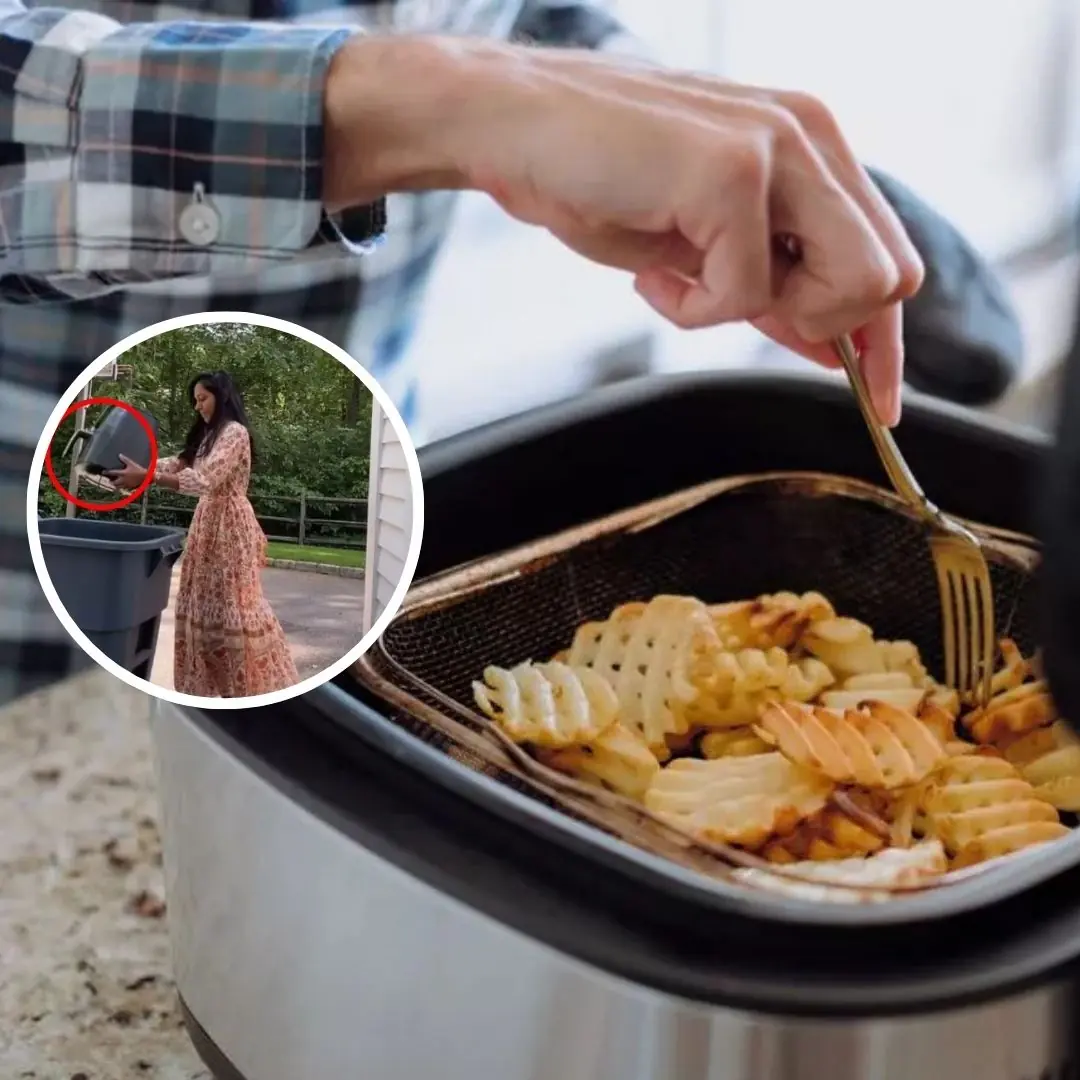
I'm a doctor and I threw my air fryer in the BIN - and you should too for ca.n.cer reasons
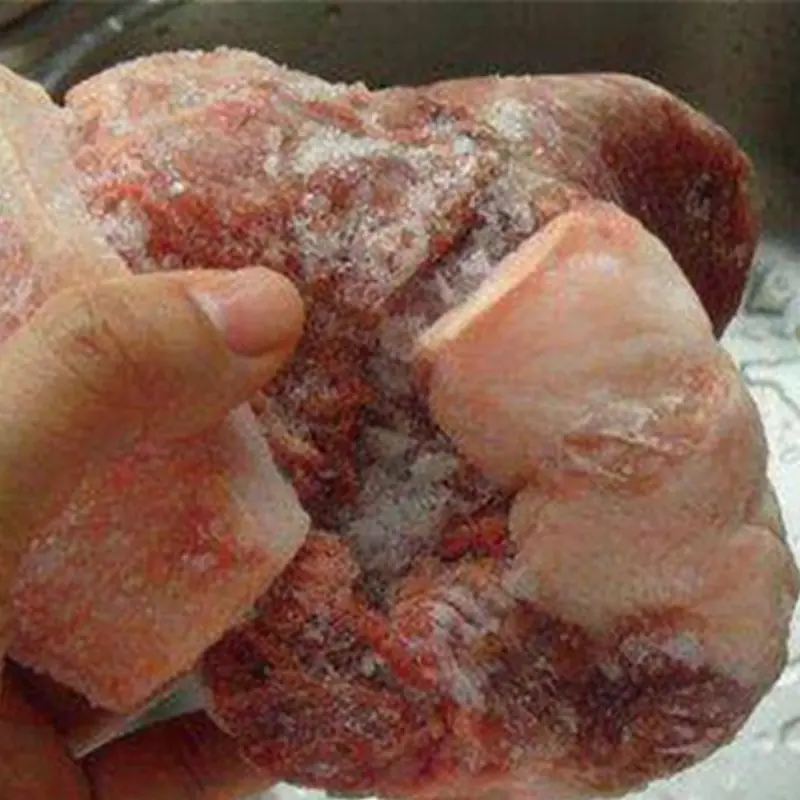
How Long Can Pork Be Kept in the Fridge Before It Becomes Unsafe to Eat? Expert Warns: After This Time, It’s Full of Parasites

Persistent Throat Tightness Mistaken for a Stomach Issue — Woman Accidentally Discovers She Has Thyroid Cancer
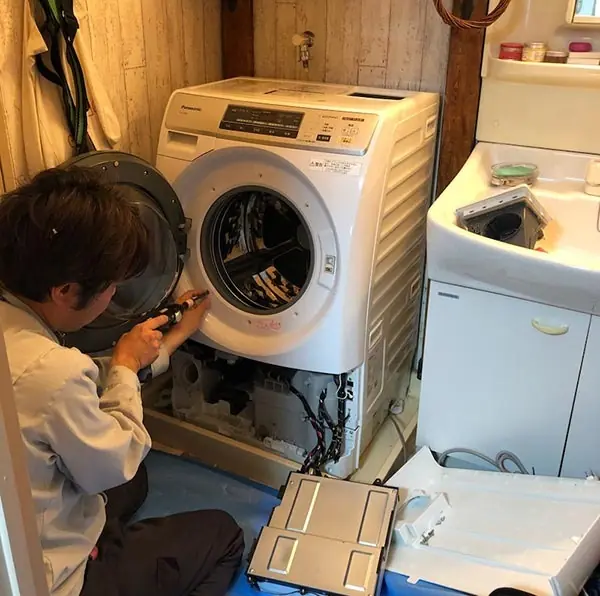
6 Household Items That Seem Harmless but Secretly Block Prosperity and Disrupt Your Life

"5 no's" when eating water spinach, know to avoid or you will bring disaster
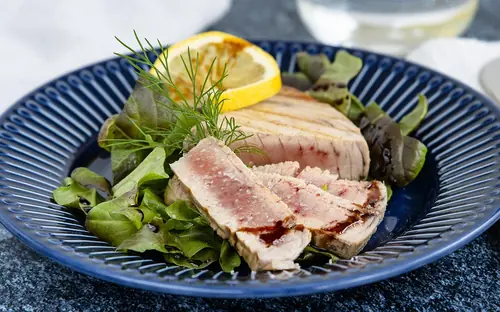
Study of 900 COVID-19 patients finds: Vitamin helps restore physical strength faster
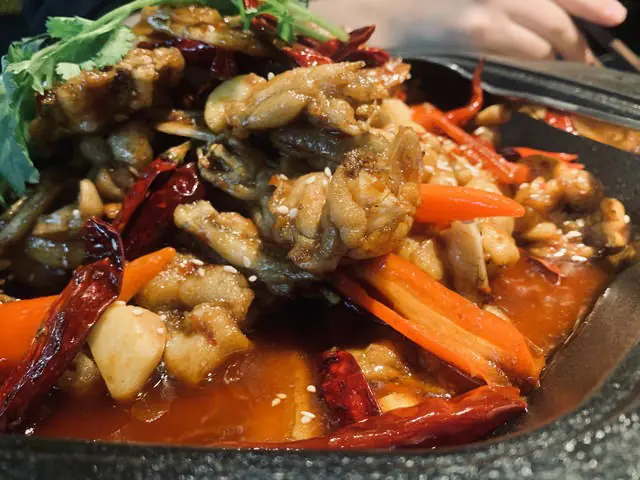
3 types of meat are "nests of parasites" if cleaned carelessly, many people still rush to eat them without knowing

A familiar type of water contains 240,000 microplastic particles: It will increase 2-4 times if you do this

Suffering from a prolonged choking sensation, thought to be a stomach problem, the woman accidentally discovered that her thyroid gland had CAN.CER

Why shouldn't I set the air conditioner to 26 degrees? Luckily, thanks to the reminder from the air conditioner technician, it turns out I've been making this mistake for decades

5 "Negative Energy" Plants to Avoid Planting in Front of Your House: They May Bring Poverty for Generations

Persistent Throat Tightness Mistaken for Gastric Issues—Woman Discovers Thyroid Can.cer by Accident

Why You Shouldn’t Set Your Air Conditioner to 26°C — A Mistake I Made for Decades Until an AC Technician Pointed It Out

Bring Orchids Back to Life with Tea – Simple Tips That Work Wonders

The startling reality behind the $3,000 I receive each month
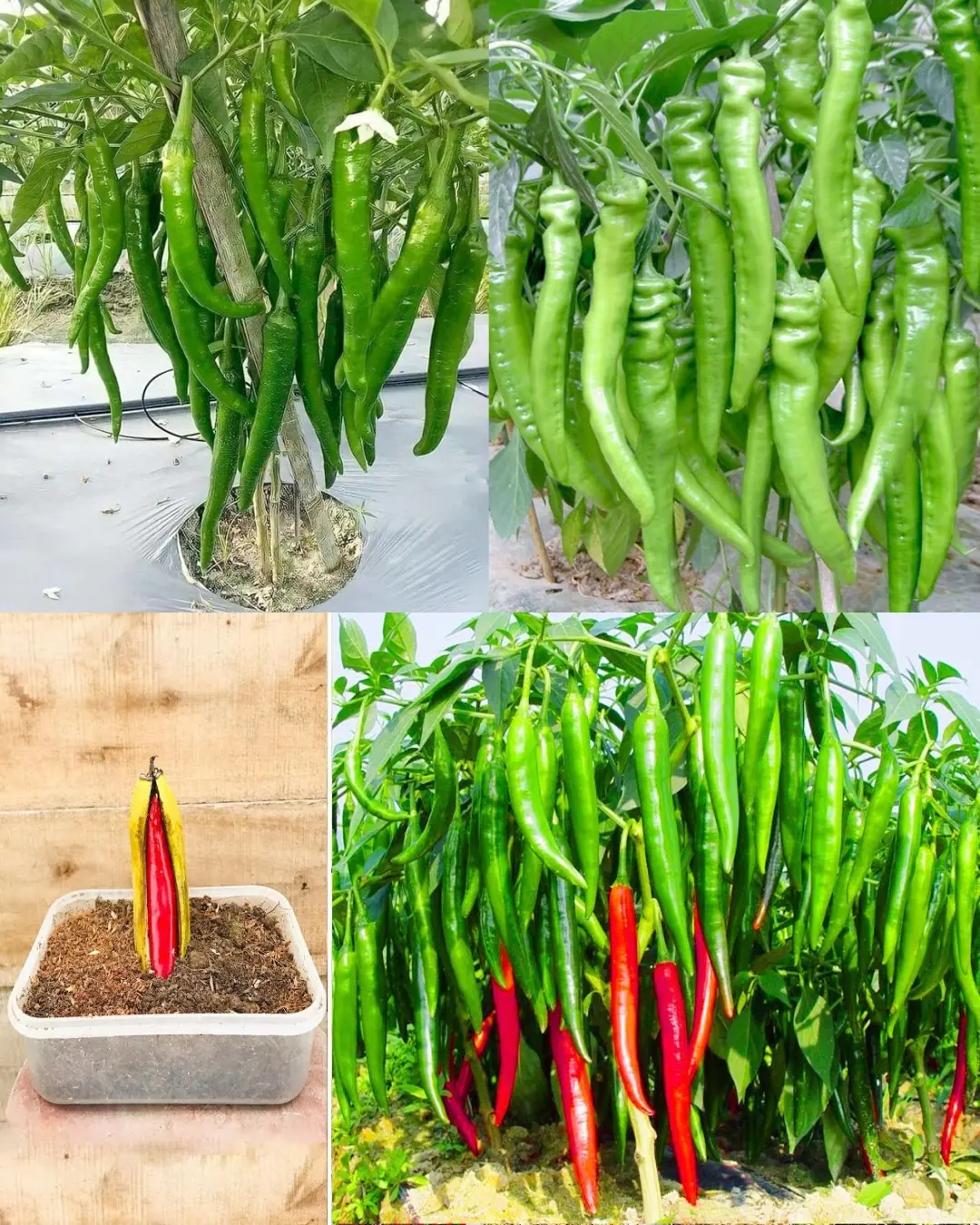
Guide to Cultivating Chillies: Locations, Timing, and Detailed Step-by-Step Process
